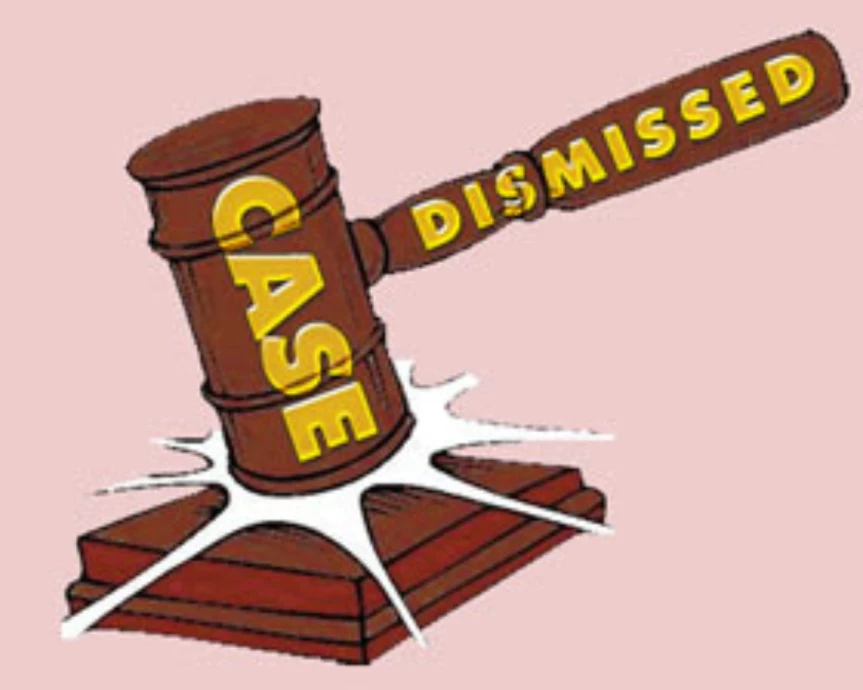 In a rather interesting/unforeseeable turn of events, the Ld. single judge of the Hon’ble Delhi High Court (‘DHC’) has come down heavily on a Petitioner seeking relief against a Section 26(1) Order passed by the Competition Commission of India (‘CCI’).
In a rather interesting/unforeseeable turn of events, the Ld. single judge of the Hon’ble Delhi High Court (‘DHC’) has come down heavily on a Petitioner seeking relief against a Section 26(1) Order passed by the Competition Commission of India (‘CCI’).
The writ was filed against order passed by the CCI under Section 26(1) under Section 26(1) of the Competition Act, 2002 (‘the Act’), whereby the CCI had directed the Director General (‘DG’) to conduct an investigation on an allegation that the petitioner along with certain other manufacturers had contravened the provisions of Section 3(3)(a) and Section 3 (3)(d) of the Act.
The petitioner’s case was solely based on the contention that the said 26(1) order did not make any specific allegation against the petitioner.
A noteworthy background on this particular Sec 26(1) matter; is that the same petitioners had earlier moved to the writ court praying for relief of inspection of files of the CCI pertaining to the said order. And the same relief was granted by the DHC.
Now coming back to exactly what irked the Ld. Single Judge into imposing such heavy costs on the petitioner. Allegedly the whole controversy circles around an apparent untrue statement submitted before the court by the petitioners on their knowledge of the DG investigation in this particular case.
During the course of arguments , the counsel on behalf on the CCI, submitted before the court, certain documents relating to DG’s questionnaire, which was apparently sent to the Petitioners back in the year 2015, and the petitioners had duly participated in the investigation by replying to the said questionnaire. Without going into any finer details I will just say that this very movement was a true table turner. Because at this juncture the Ld. Single Judge went on to the extent of noting that the false statement and false affidavit of the petitioner make for a fit case to invite proceedings under section 340 of the Cr.P.C.
While not interfering with the operations of the said CCI order, and refusing to stay the DG investigation, the court while placing reliance on the Supreme Court case of Competition Commission of India v Steel Authority of India: (2010) 10 744; observed that that an order under Section 26(1) of the Act is in the nature of an administrative order and does not affect the rights of the parties. The Supreme Court had also examined the scheme of the Act and held that the legislative intent was not to permit any appeal against the order passed under Section 26(1) of the Act. Thus, an order under Section 26(1) of the Act cannot be interfered with unless it is established to be perverse or suffering from jurisdictional errors.
And accordingly the said petition was dismissed with with cost quantified at Rs.1,00,000/-. What will now remain interesting to see is how this order impacts the practice being followed by the Opposite parties of challenging the CCI’s order before the writ court under Article 226 of the Constitution. Would the attitude of not staying the operation of a 26(1) order finally mean that at last the Competition regulator will have proper time and opportunity of investigating into various alleged contraventions. OR maybe instead of an Article 226 remedy, a review/recall application before the CCI would be the appropriate way out for the Opposite Parties (Ah! btw hopefully an elaborate post discussing some thoughts on the CCI’s power of Review/Recall- soon). And maybe these investigations see the light of the day and aren’t just left hanging in the middle struggling for a decisive fate for years and years. And maybe just maybe this would be another step into the direction of having a stronger competition law regime in India.

